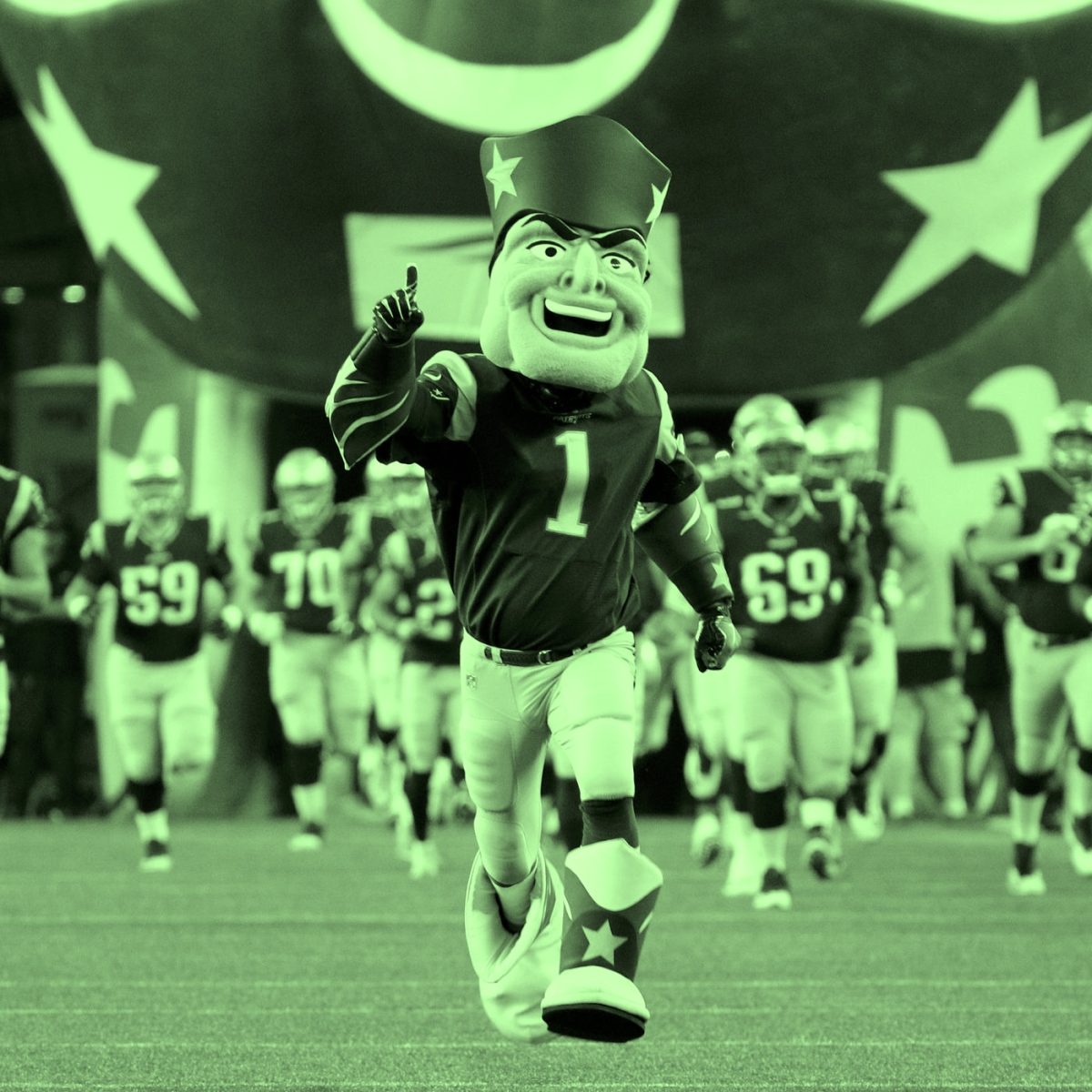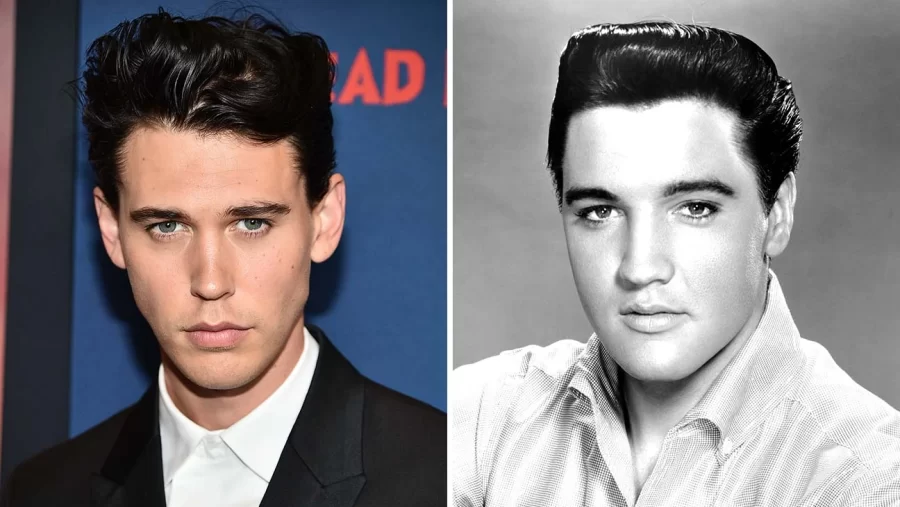‘Elvis’ Movie vs Reality
December 8, 2022
Elvis was one of the biggest movies this summer, generating an endless amount of popularity from viewers worldwide. The movie chronicled the life of Elvis, from his humble beginnings to his massive outbreak of fame. It included various other characters who shaped Elvis’s life including his wife, Priscilla, his good friend and musical influence BB King, and his famously exploitative manager Colonel Parker. The movie was advertised as a biopic. However, many viewers wondered how accurate the movie really was when compared to Elvis’s real life.
Several key scenes in the movie were taken directly from reality. Some of the most striking resemblances came in the performance scenes. These scenes in the movie were almost exactly identical to the real-life recordings of Elvis performing. When paired side by side, they almost looked like exact copies. This was thanks to a variety of people who worked on the film. Austin Butler was able to exactly mimic Elvis’s movements, making you forget you were watching a movie and not just a video of Elvis. The costume department created outfits that looked just like Elvis’s real outfits, identical from head to toe. Finally, the director, Baz Luhrmann, shot the scenes with the same angles and styles as the original performances. All of these factors worked together to make this element of the movie nearly indistinguishable from real life.
In addition to the performances, several other aspects of the movie were accurate to real life. Elvis’s mother really did die of alcohol abuse, as portrayed in the film. Elvis’s dislike for his films, which he viewed as superficial, was authentic as well. Elvis joined the military in real life, where he met Priscilla Presley, which is also depicted in the film. In the movie, it was more explicitly stated that this was the influence of Colonel Tom Parker in order to keep Elvis’s image clean, which is more something that is speculated upon in real life. Furthermore, the movie glosses over the stark age difference between Priscilla and Elvis, with Priscilla only being 14 years old when she met the then 24-year-old Elvis. But aside from these details, there are no glaring inaccuracies in this area.
The story takes more overt creative liberties towards the end of the movie for dramatic effect. For example, the movie portrays Elvis’s Las Vegas residency as a prison for Elvis that Tom Parker forces him into in order to pay off his gambling debts. However, in real life, Elvis chose Las Vegas because it was one of the best venue options for him within the United States. Although Tom Parker was really known to be a gambler, there was no proof that this residency paid off Tom Parker’s debts. Finally, Elvis never fired the Colonel on stage as the movie portrayed. In fact, the extent of the Colonel’s financial abuse of Elvis was never revealed until 1980, 3 years after Elvis died. Elvis died believing that Tom Parker was a good manager to him.
While the movie had a few inaccuracies that did not align with Elvis’s real life, it was overall a relatively fitting depiction of Elvis’s story. The movie was able to bring a love for Elvis to a whole new generation, one that would have ordinarily just thought of him as someone their parents or grandparents may have loved. It repopularized many of his songs and expanded his fanbase to a much younger audience. Elvis was a touching dedication to the superstar, leading many of his friends and family members to say watching the movie felt like being able to spend time with the late Elvis again.


























